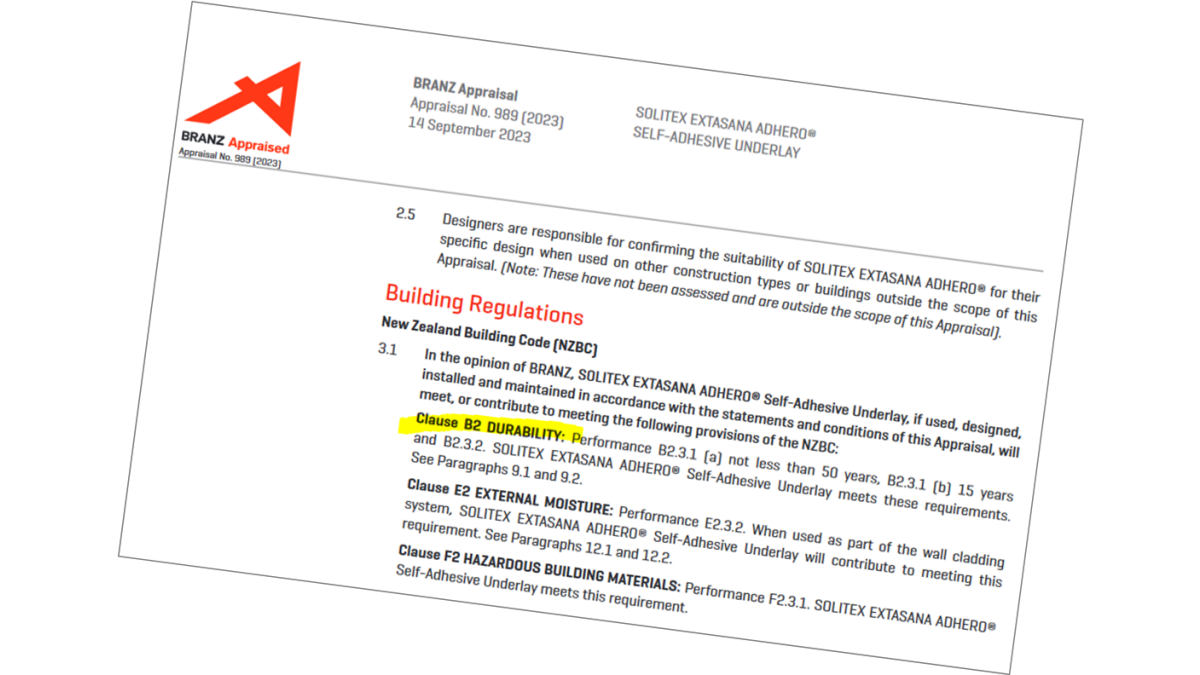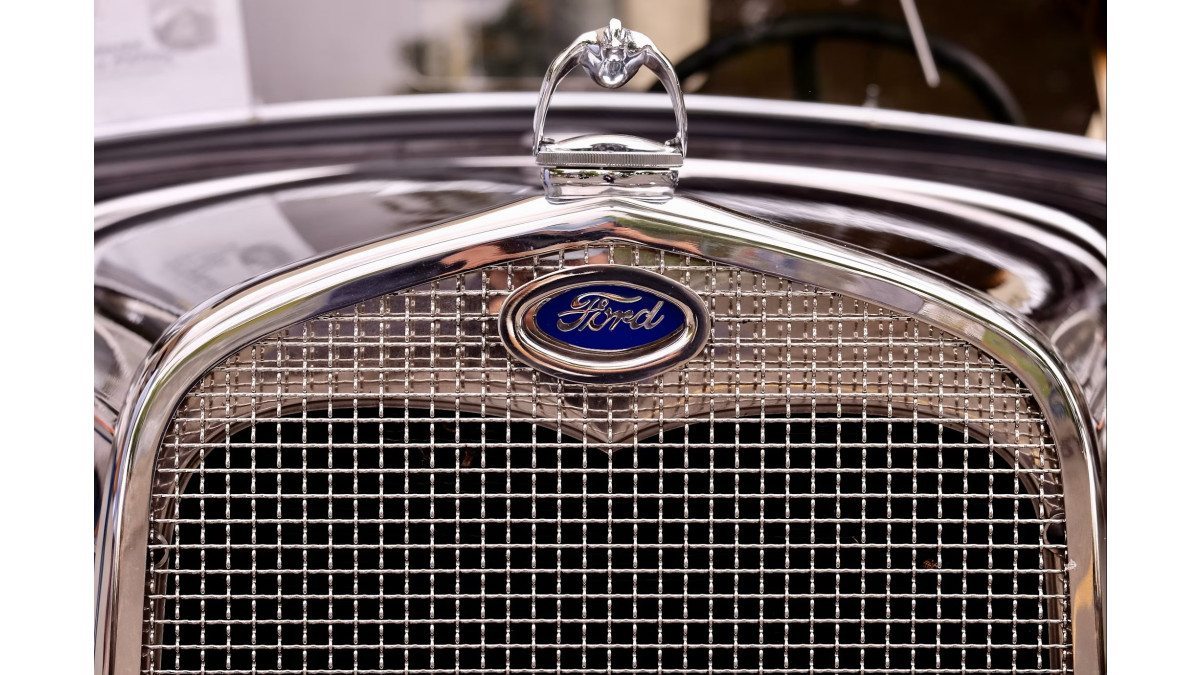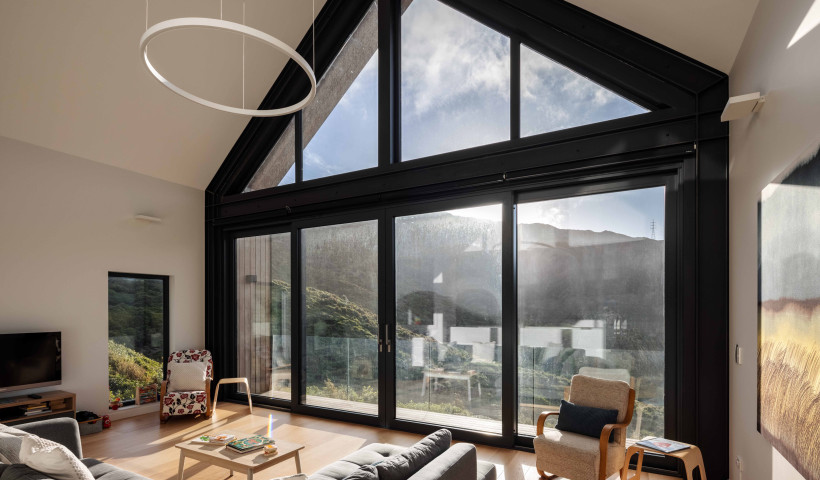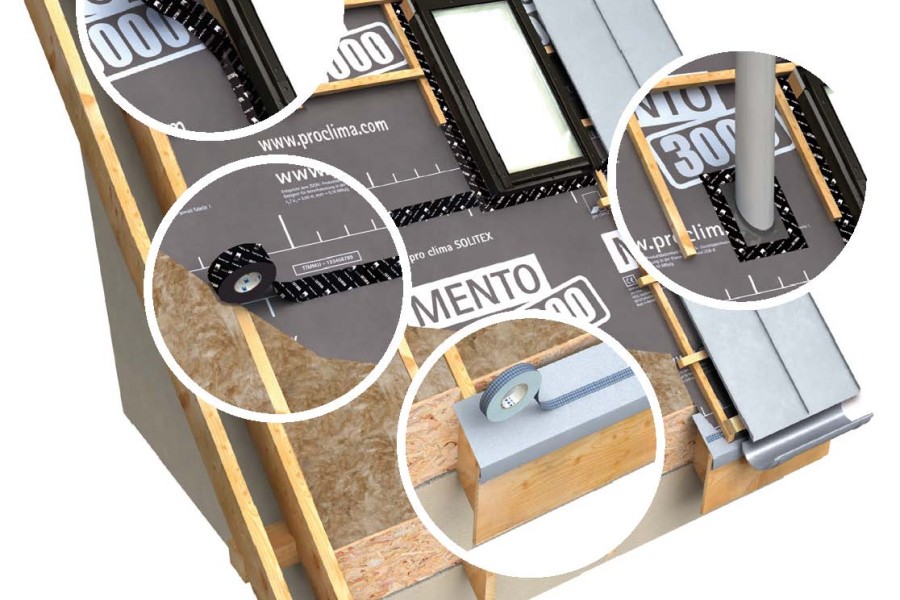
We can look to motor vehicles as an example to help distinguish the difference between the two terms. When we buy a new car, even if it is an entry level, low budget model, it might come with a factory warranty of 5 to 10 years. During this period, if anything significant goes wrong, the manufacturer is happy to replace the part free of charge. Likewise, suppose we purchase a more expensive car; the warranty period is likely similar. However, the quality of the materials used in its manufacture gives it a better chance of lasting longer. In both cases, the expectation is for the vehicle to last past the warranty period.
If the car is well maintained, it should last 50 or even 100 years in some cases. We still occasionally see old vehicles such as the Ford Model T on the roads, and while they are slow compared to modern cars and terrible to be stuck behind if there are no passing lanes, they are still running over 100 years after their production date. The expected lifespan of a car is determined by the environment in which it's used and how well it has been maintained and cleaned. For example, cars that spend their whole life in drier climates, such as the inland USA, typically last much longer than cars in coastal environments where the salt-laden air is highly corrosive.
The same applies to building products, specifically those used for external weathertightness. The manufacturer warranty period for a cladding product such as a weatherboard or timber panel might be 5 to 10 years. It is the period in which if the colour fades excessively, a panel breaks, or a piece of timber warps, the manufacturer will be happy to replace it provided it was installed as per their guidelines or the NZBC acceptable solution. But if the cladding is inspected and maintained regularly, it should last much longer than the warranty period, sometimes 50-100 years or more, just like the old Model T cars we talked about earlier.
Building underlays, such as those manufactured by pro clima and typically used as a secondary barrier against moisture and drafts, have a 5 - 15 year warranty. However, they are not serviceable when tucked away behind the cladding, so their durability is determined by the performance of the cladding layer to the outside. If the cladding layer remains intact and does not let UV light through, the underlay will be durable and last as long as the cladding layer itself. Once the cladding starts rotting away or falling off, the underlay cannot be expected to remain durable, as it has lost the UV protection the cladding offers.
The warranty is a commercial arrangement between the manufacturer and the customer. At the same time, the durability period is a requirement set in stone within the NZ building code clause B2, as the required useful lifespan for that type of product when maintained or protected during its life.
So, there is confidence that even after a product warranty has expired and the manufacturer is no longer commercially liable, building products can continue to be durable and perform as intended for years to come. Refer to the Building Regulations section of Pro Clima's product BRANZ Appraisals, for more information.













 New Products
New Products
















 Popular Products from pro clima
Popular Products from pro clima

 Posts by Pro Clima Technical
Posts by Pro Clima Technical
 Most Popular
Most Popular


